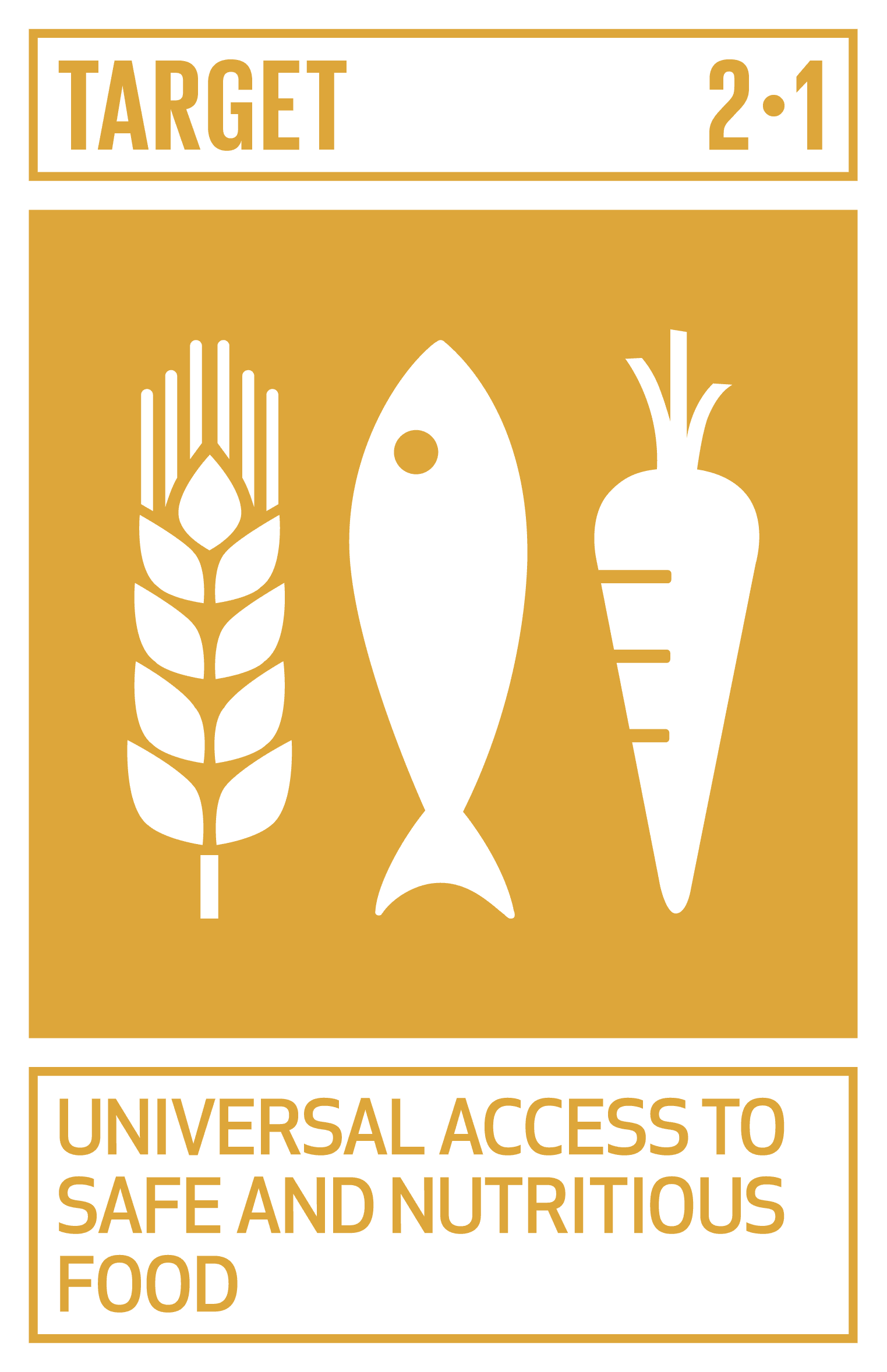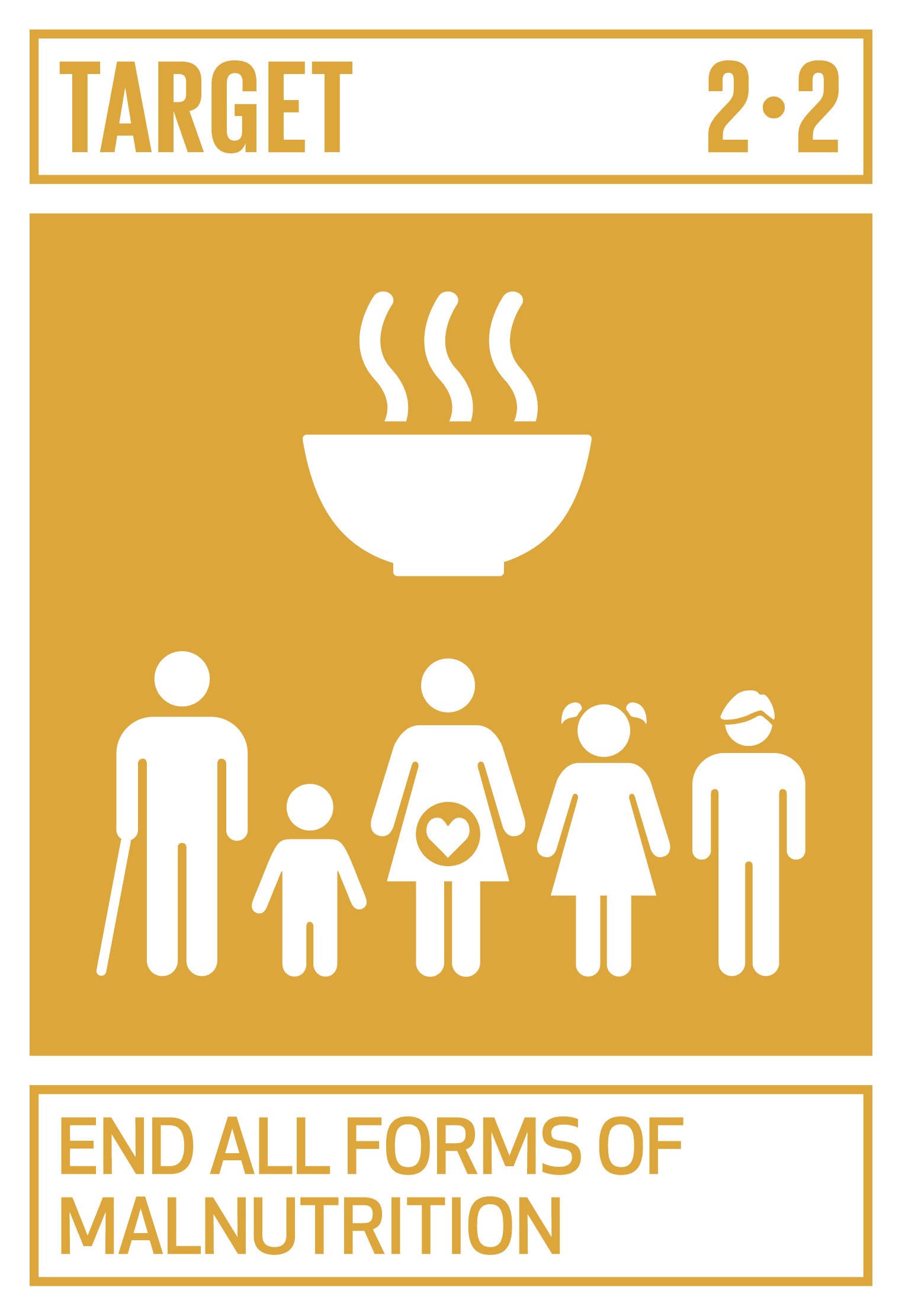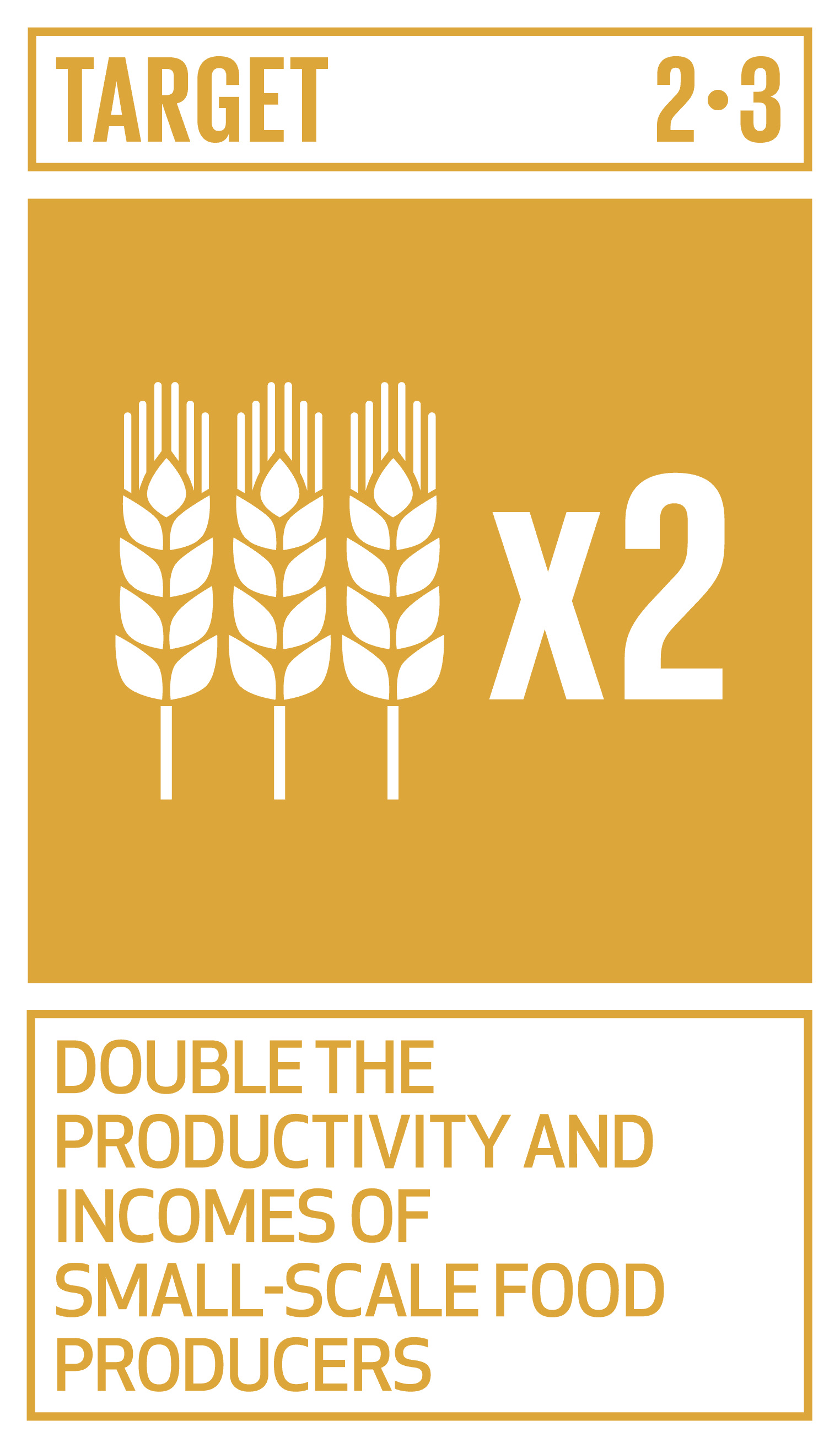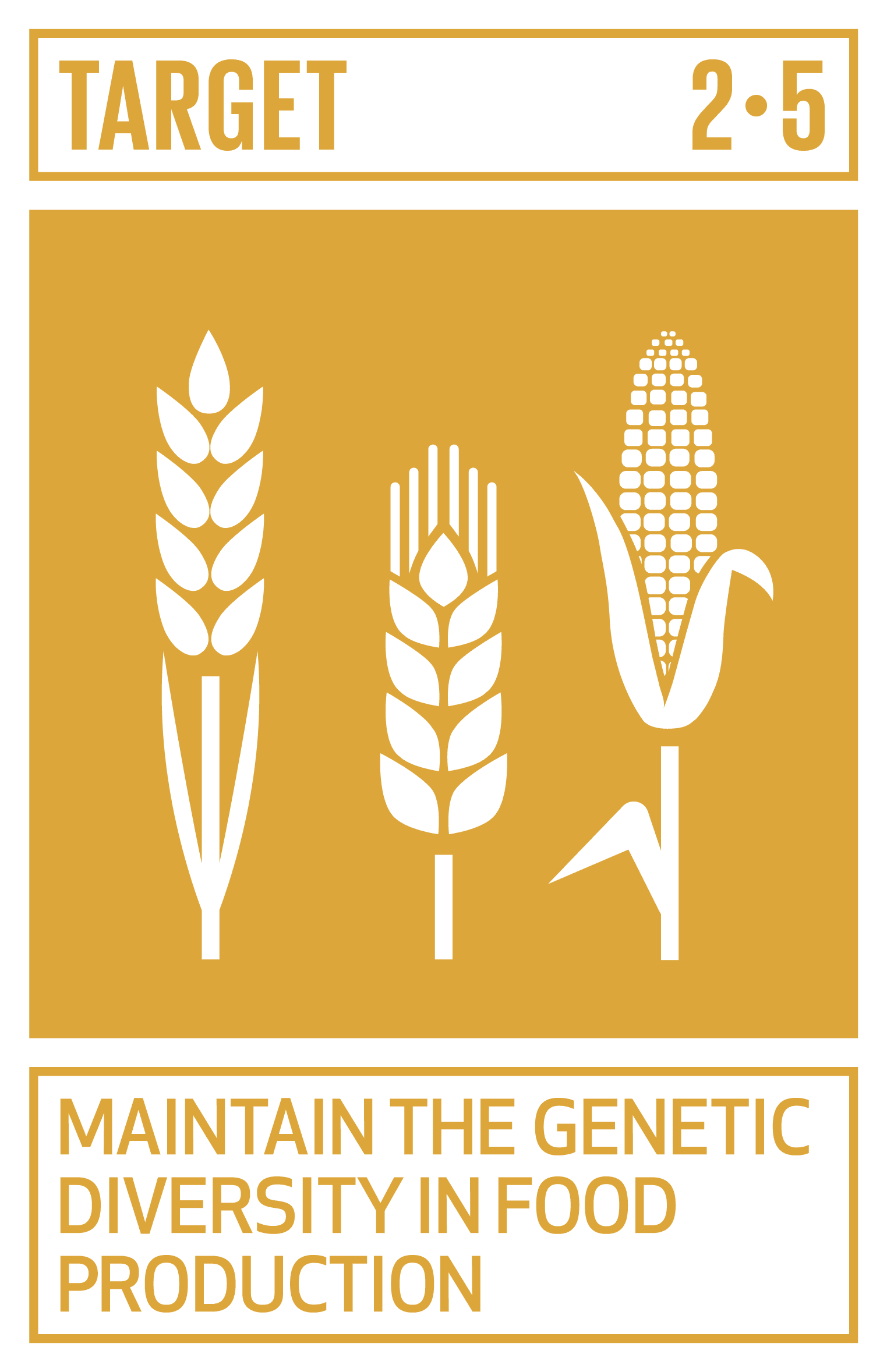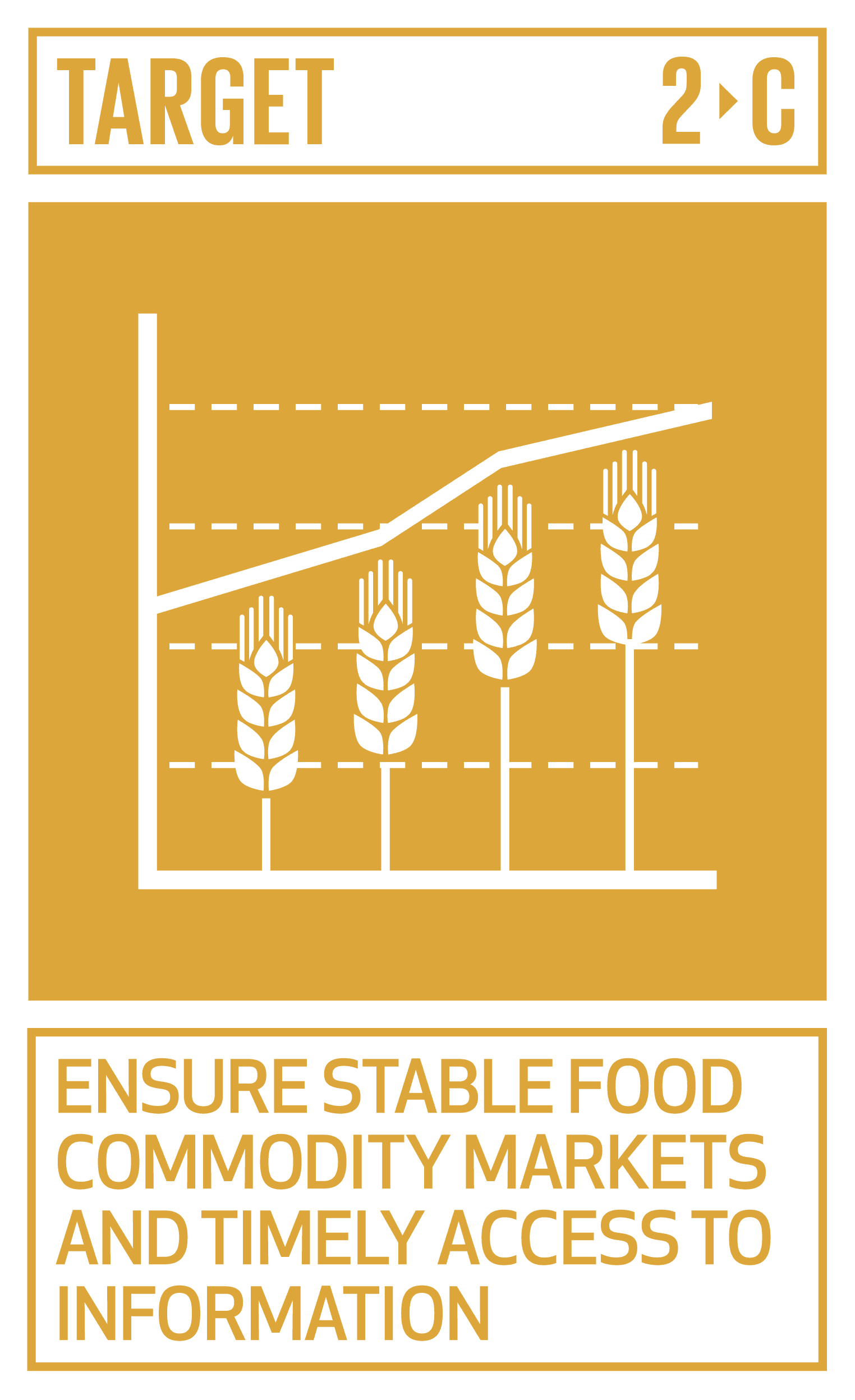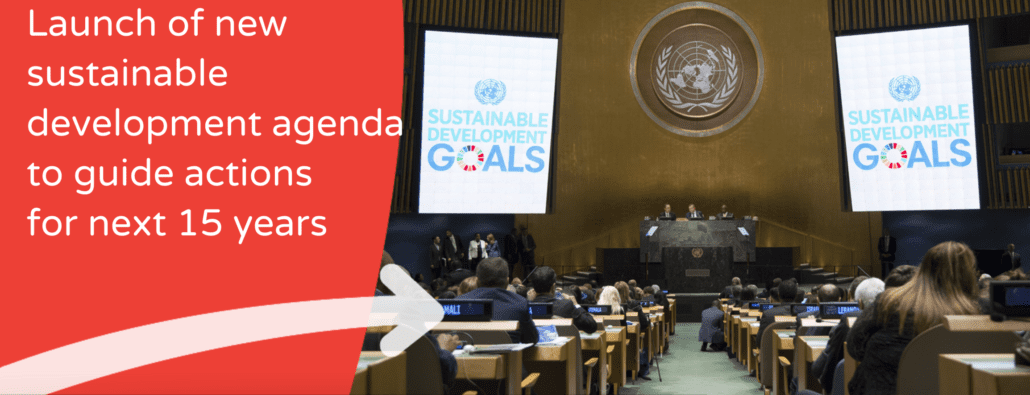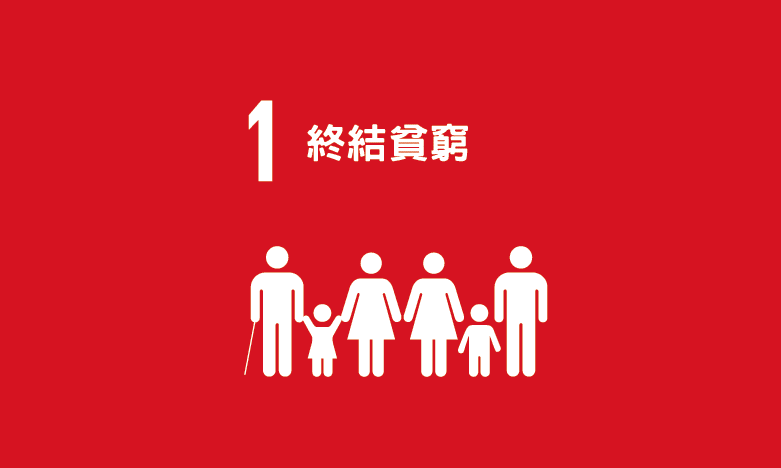2.1
By 2030, end hunger and ensure access by all people, in particular the poor and people in vulnerable situations, including infants, to safe, nutritious and sufficient food all year round.
至 2030 年前,確保所有人(尤其是貧窮和弱勢族群,包括嬰兒)全年皆能獲得安全、營養且充足的食物,全面終結飢餓的情形。

